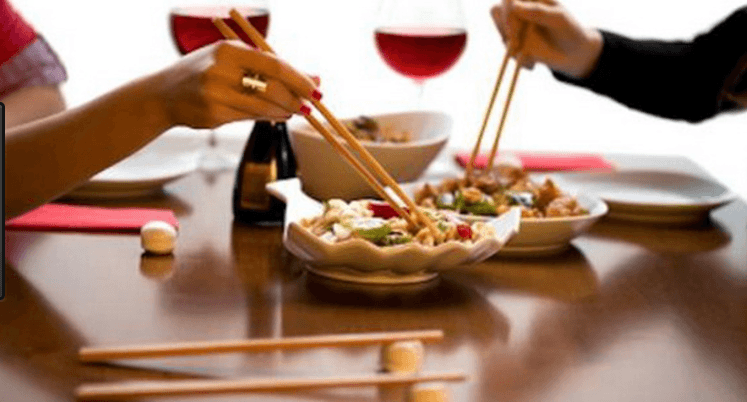
10 Tips for Eating the Japanese Way
Share
The Japanese eat foods that are not only different from Western diets, but in a different way as well. Eating in small portions, and with a wide variety, is the Japanese key to good health and weight loss.
1. Many small dishes
Japanese serve our food in small, separate plates, with dishes arranged in a way that is spare and pleasing to the eye. We get our satisfaction as much from how our meals look, as from a satiated stomach. Each of our small, colorful plates are not fully covered by food to allow for the beauty of the plate and beauty of its zen simplicity. We eat with eyes, but enjoy scent of the foods, too. By seeing many dishes, your mind is tricked into thinking you’re eating a lot!
2. A variety of flavors and textures
Think of how easy it is to gorge yourself on a bowl of something homogeneous, like macaroni and cheese. A dish with variety, however, will be a little different with every bite. Japanese average 30 kinds of different foods per day, while American average 15. But because each portion is small, the Japanese version has less total calories than the American.
3. Eat fresh
Japanese go to buy food frequently like a few to 7 days per week. Because Japan is a small country (same size as California), with a big population (1/3 of the USA) , our houses are much smaller than Americans’. Our refrigerators are smaller, too, so we need go shop frequently, benefitting us with fresh meals.
4. Use chopsticks or small utensils
The less you can fit onto your fork and spoon, the slower you eat. So, use chopsticks! If you are not used to chopsticks, that’s even better as you’ll take even longer to eat. If chopsticks are not for you, just use a child-size fork and spoon.
5. Put down your utensils between bites.
This will help to break the habit of stuffing a new chunk of food in your mouth shortly after swallowing the last one. Set a minimum number of 10 chews for every bite and work your way up to 20 or more. This not only slows down your eating and helps with digestion, the added chewing trains your facial muscles and prevents sagging!
6. Have a 1 inch X 1 inch dessert
Japanese enjoy our sweets, but at a smaller size. We cannot understand the oversized American portions!
7. Eat fruit in the morning
This is where we differ from having fruit for dessert. As unused sugar in fruits is not used up as energy, it will convert to fat. By eating your fruits in the morning, you’re more apt to burn the sugars through the day. If eaten after dinner, it it more apt to convert to fat while you sleep.
Also, try to have only one kind of fruit at time. When eaten at the same time, enzymes of each fruit can fight each other, resulting in poor absorption.
8. Eat mindfully, at a table, and preferably with others
A desk is not a table. If we eat while we’re working, using internet, watching TV, or driving, we eat mindlessly, and as a result eat a lot more than we should if we were eating at a table, paying attention to what we’re doing.
Communal meals tend to limit consumption, if only because we’re less likely to stuff ourselves when others are watching. We also tend to eat more slowly, since there’s usually more going on at the table than ingestion. This is precisely why so much food marketing is designed to encourage us to eat in front of the TV or in the car!
9. Use something blue while eating, like blue napkin, table mat, or plate.
Blue calms down our minds and suppresses appetite. That’s why restaurants use warm color like red, orange or yellow which are the opposite of blue.
Blue is an often used color in Japanese pottery.
10. Eat Like a Ninja
Ninjas are Japanese warriors specially trained in the unorthodox arts of war. They must be very flexible and fit to beat their enemies. Ninjas wear all black, but they often eat black and darker colored foods as well. Learn More Here.
どうぞめしあがれ
Happy Eating!
For more lifestyle tips for weight loss and a lifetime of good health check out Koko’s book!
